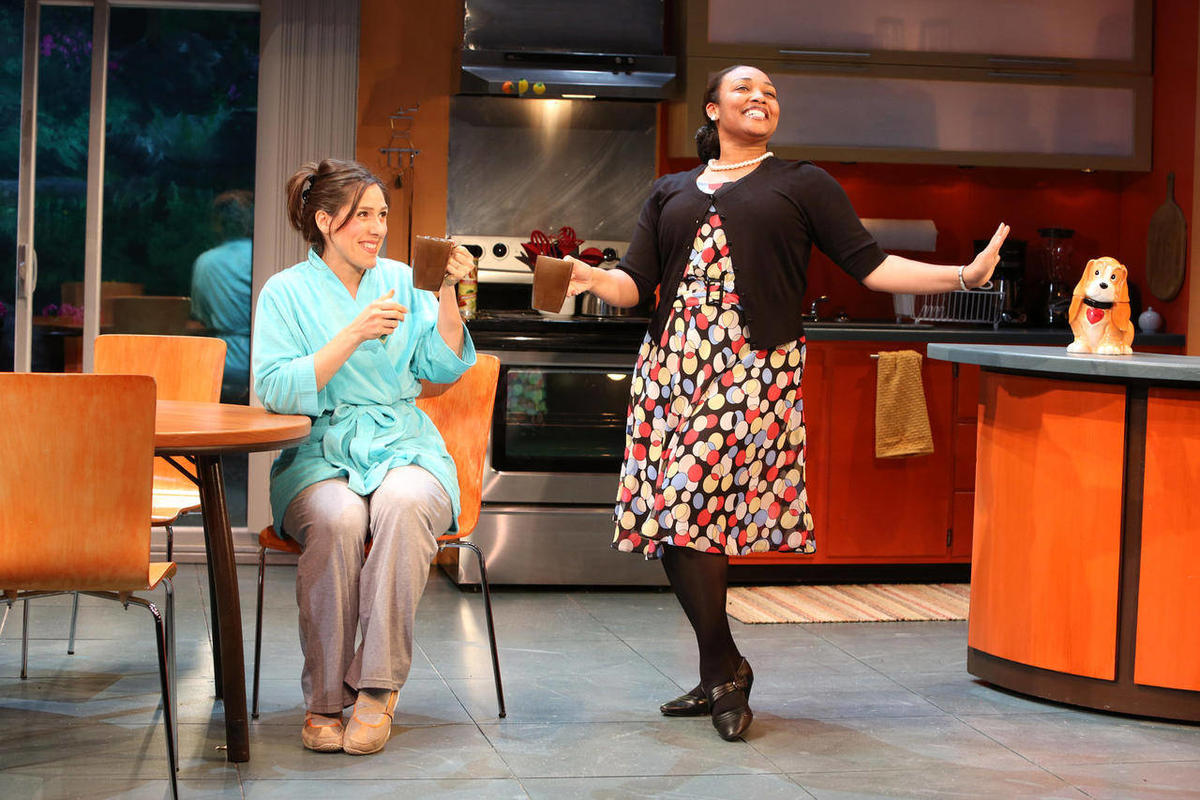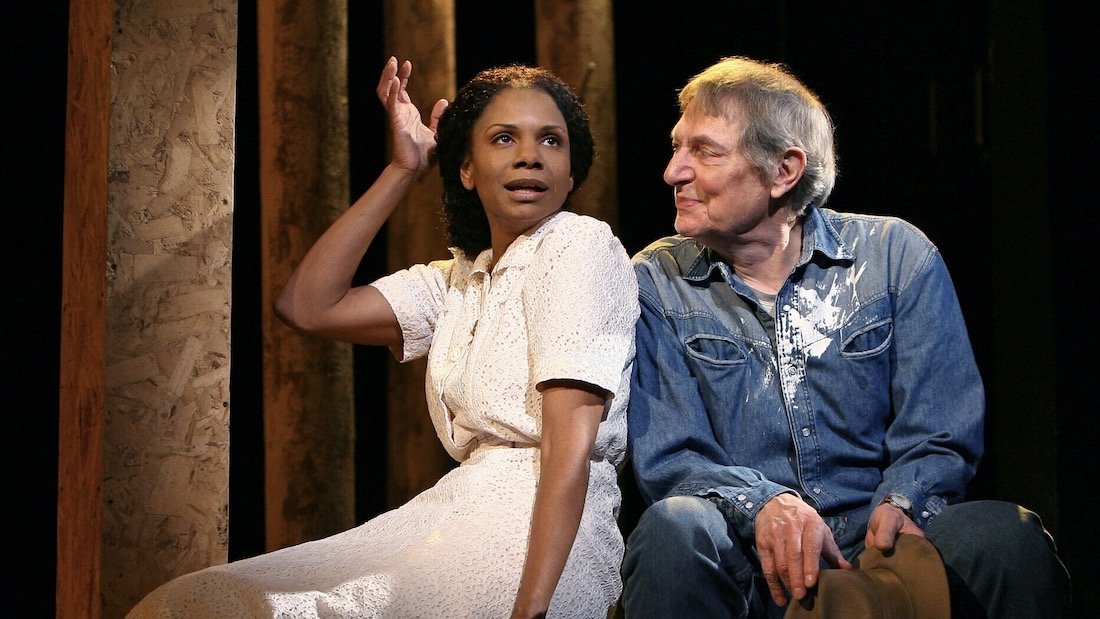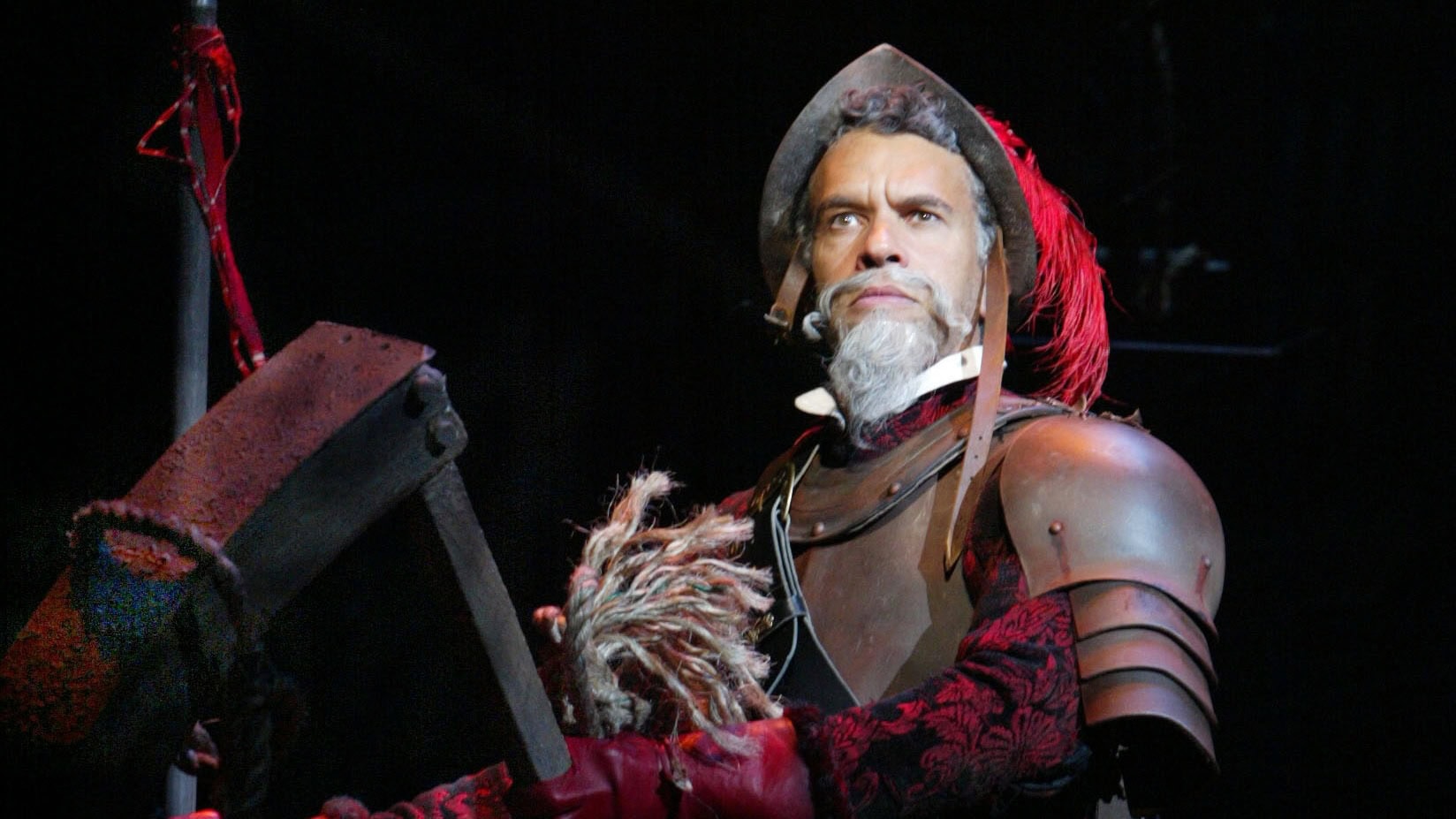
One of my longtime friends always swore she would be the last smoker in America. And I guess that was in the back of my mind as a potential title.
Then, composer Peter Melnick reached out to me about collaborating. We have the same agent and Peter had asked him about lyricists. I didn’t feel the project Peter was initially suggesting was a good fit for me. But then he asked if I might be interested in writing a one-act musical to go with two others which were already written. That sounded like a good way to explore a new collaboration.
Cigarette smokers were under attack from all quarters. I’ve always been attracted to outsiders, having grown up gay in cowboy country – the Black Hills of South Dakota. In New York City where I’ve lived for many years, I would pass office buildings in the winter and see smokers huddled in a corner feeding their habit. Though I’d come to hate cigarette smoke, having quit decades earlier, I always felt sorry for those huddled mini-masses.
Peter and I were also both fans of South Park. I’d been wondering if that kind of brash, in-your-face comedy could work on stage since it was proving successful in other media. We had no idea that Matt Stone and Trey Parker had started writing The Book of Mormon around the same time. Musicals can take seeming eons and both our shows evolved, apparently simultaneously, over an eight-year period.
We wrote our one-act fairly quickly. Set in the near future, it started with Pam returning home after a year on the lam for smoking a cigarette. Her husband Ernie, an unemployed wanna-be rocker having a mid-life crisis and their son Jimmy, who is so obsessed with rap music he thinks he’s black, hardly provide the warm welcome Pam was hoping for.
Those three characters were conceived in part because of the casting requirements for the other two one-acts The Last Smoker in America was originally meant to be presented with. One of them featured a teenage boy in boarding school, his father and his new step-mother. Since the same actors would be playing those characters, it made sense to write more material for them in Last Smoker.
Peter was so happy with how the one-act version of Last Smoker turned out that he asked if I would take a look at the other two one-acts. We ended up completely rewriting both of them, and then the Rubicon in Ventura, California offered to present all three in a reading series. It was structured so that professional actors were hired for ten days to first do an initial public reading for anyone who wanted to attend. Then, based on audience feedback, the authors could rewrite and present them again in another reading a week later. During that week of revisions, we added the fourth and final character to Last Smoker – Phyllis, a nosy, cigarette-hating neighbor.
The audience’s comments after the readings were pretty consistent. People didn’t feel the three pieces worked together – and they were right. However, they all wanted more of The Last Smoker in America. That inspired us to re-conceive the piece as a full-length musical. The new first act explored how Pam ended up going on the lam.
We developed the show through a series of New York readings over the years. Andy Sandberg, who I met when he directed Side Show his senior year at Yale, came on board as director and producer. And he arranged for the world premiere of the full-length version with CATCO in Columbus, Ohio.
The show was very well-received – though a few audience members stormed out, seemingly offended by the second song “Addicted to the Lord” (later replaced with “Let the Lord Be Your Addiction”), performed by the nosy neighbor Phyllis, who had evolved into an anti-smoking Christian extremist. The walk-outs were not surprising, and we sort of viewed them as a sign we were on the right track for a satire! After all, we were not trying to write a polite comedy.
By the time The Last Smoker in America opened Off-Broadway, we’d streamlined it to a fast 90 minutes – returning to its origins as a one-act, though now a full-length one. And that’s the version currently licensed by Samuel French. (Some productions may elect to include an intermission after “The Last Cigarette”, but we felt it best to play the show straight through.)
Why should you consider doing it? For one thing, it’s a four-character musical with basically one set. Charlie Corcoran, the designer of the original Off-Broadway production, came up with some ingenious ways for the set to be more than the kitchen, but it’s still possible to do the show with a fairly simple physical production.
Though it’s not the right show for every situation, it does provide many opportunities for talented musical comedy performers to show off. And while smoking is no longer as controversial – no one seriously argues it’s good for you – the question of how far the government should go to protect us from our bad habits for our own good is certainly pertinent and always will be. The show also explores addiction and extremism, among other timely concerns.
Let’s face it – the rights to do The Book of Mormon will most likely not be available for some time. So if you’re looking for a show with a similar sensibility and only four characters, you should consider The Last Smoker in America.
The music features a wide variety of styles – from hard rock to rap to gospel and a couple of surprisingly sweet ballads.
Most of all, it’s fun! If you do the show, the performers and audience will have a great time laughing at our crazy culture and enjoying a wide range of music. And can’t we all use more of that these days?
To purchase a copy of The Last Smoker in America, click here, and to learn more about licensing a production, click here.

Plays that Inspired Musicals

QUIZ: Which Character from The Lightning Thief Are You?

